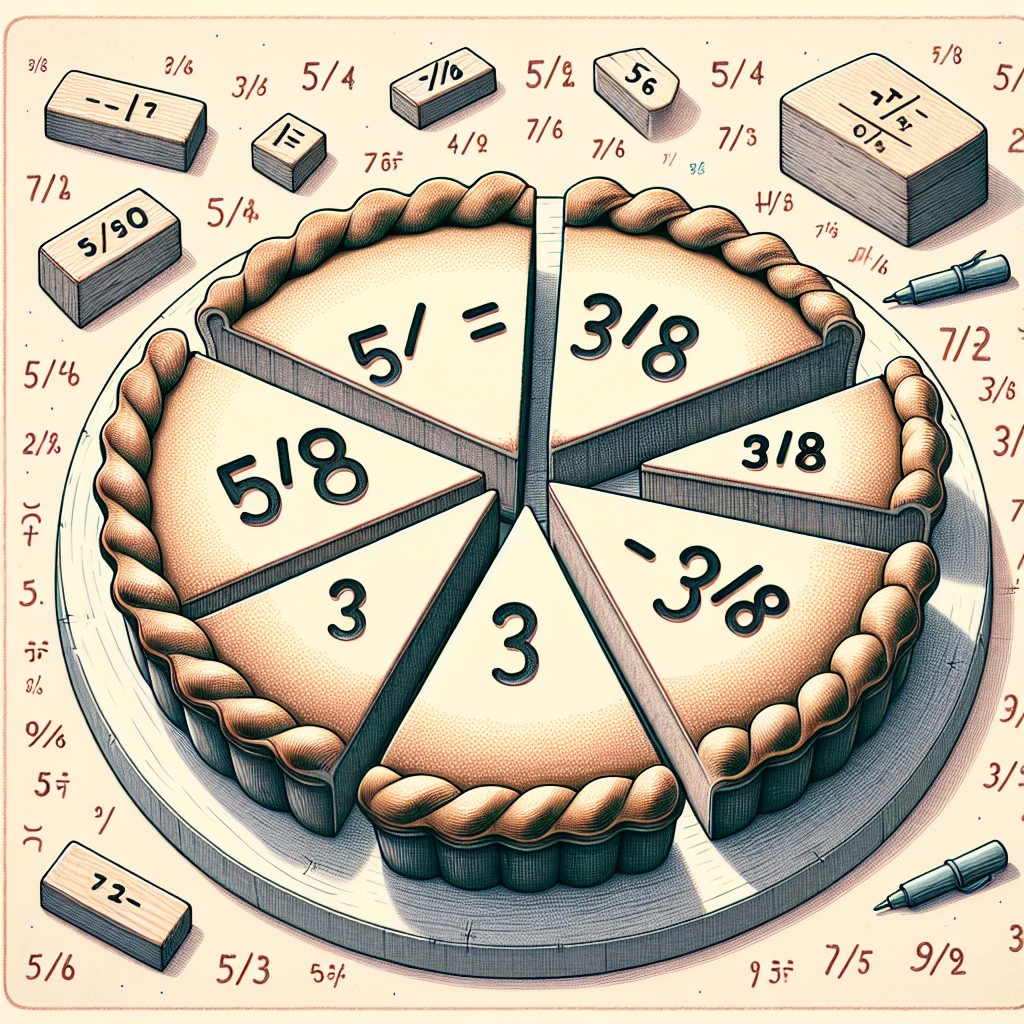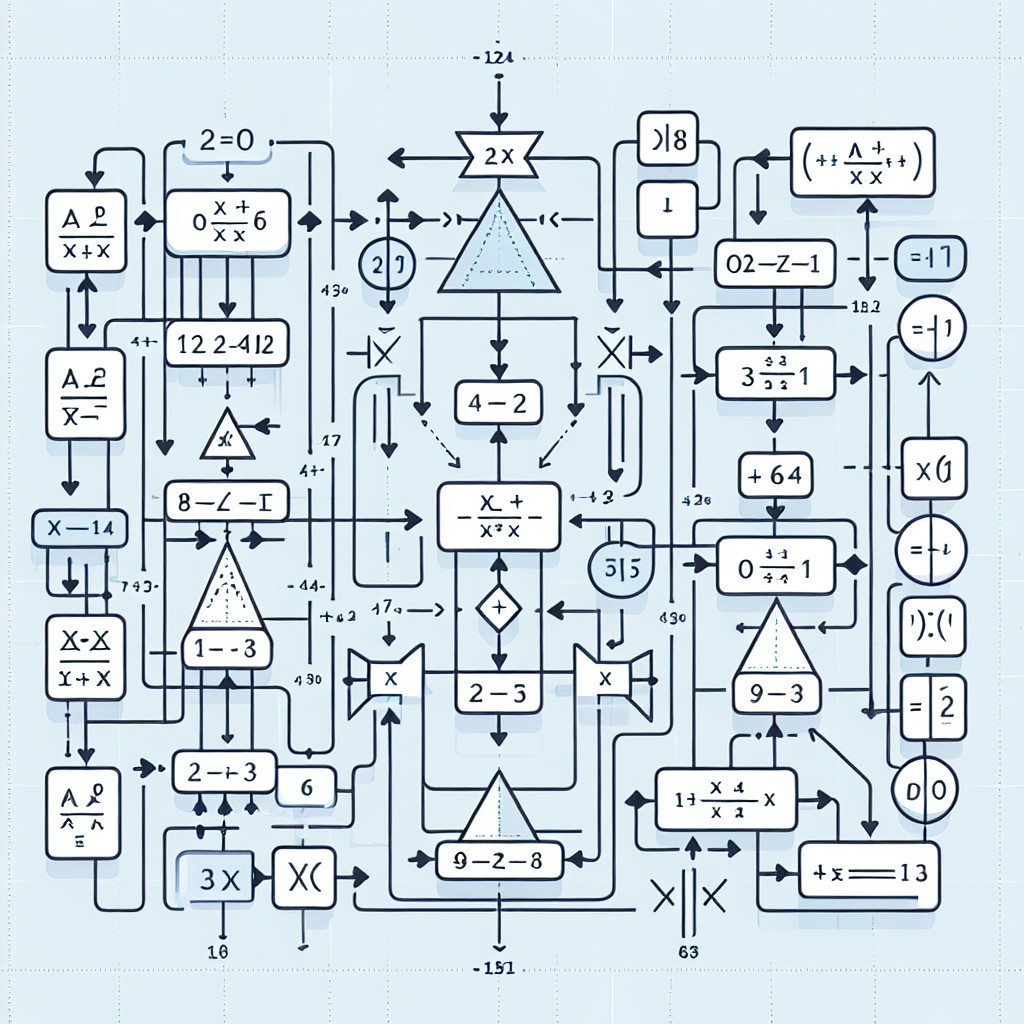
Divisibility is a fundamental concept in mathematics that deals with the ability of one number to be divided evenly by another number. In simple terms, a number is divisible by another number if it can be divided into equal parts without leaving a remainder. For example, 10 is divisible by 2 because it can be divided into two equal parts, resulting in 5. Divisibility plays a crucial role in various mathematical operations and is essential for understanding more complex mathematical concepts.
Understanding the basics of divisibility is important because it forms the foundation for many mathematical concepts and operations. Divisibility is used in various branches of mathematics, such as algebra, geometry, and number theory. It allows mathematicians to analyze numbers and identify patterns and relationships between them. Divisibility also helps in simplifying calculations and solving equations.
To understand divisibility, it is important to grasp some basic concepts. One such concept is the idea of factors. A factor of a number is a whole number that divides evenly into that number without leaving a remainder. For example, the factors of 12 are 1, 2, 3, 4, 6, and 12. Another concept related to divisibility is multiples. A multiple of a number is the result of multiplying that number by any whole number. For example, the multiples of 3 are 3, 6, 9, 12, and so on.
Key Takeaways
- Divisibility is the ability of a number to be divided by another number without leaving a remainder.
- Divisibility rules are shortcuts that help determine if a number is divisible by another number.
- Prime numbers are numbers that are only divisible by 1 and themselves, and they are the building blocks of all other numbers.
- Composite numbers are numbers that have more than two factors, and they can be broken down into their prime factors.
- Factors and multiples are key concepts in divisibility, and they help determine if a number is divisible by another number.
Divisibility Rules: Learning the Tricks
Divisibility rules are shortcuts or tricks that help determine whether a number is divisible by another number without actually performing the division operation. These rules are based on patterns and properties of numbers and can be extremely useful in quickly identifying divisibility.
There are several divisibility rules for different numbers. Here are some of the most commonly used rules:
– Divisibility by 2: A number is divisible by 2 if its last digit is even (0, 2, 4, 6, or 8). For example, 246 is divisible by 2 because its last digit is 6.
– Divisibility by 3: A number is divisible by 3 if the sum of its digits is divisible by 3. For example, 123 is divisible by 3 because 1 + 2 + 3 = 6, which is divisible by 3.
– Divisibility by 4: A number is divisible by 4 if the last two digits form a number that is divisible by 4. For example, 1,236 is divisible by 4 because the last two digits, 36, form a number that is divisible by 4.
– Divisibility by 5: A number is divisible by 5 if its last digit is either 0 or 5. For example, 1,250 is divisible by 5 because its last digit is 0.
– Divisibility by 6: A number is divisible by 6 if it is divisible by both 2 and 3. For example, 246 is divisible by both 2 and 3, so it is divisible by 6.
– Divisibility by 8: A number is divisible by 8 if the last three digits form a number that is divisible by 8. For example, 2,352 is divisible by 8 because the last three digits, 352, form a number that is divisible by 8.
– Divisibility by 9: A number is divisible by 9 if the sum of its digits is divisible by 9. For example, 1,458 is divisible by 9 because the sum of its digits, 1 + 4 + 5 +8 =18, is divisible by 9.
– Divisibility by 10: A number is divisible by 10 if its last digit is 0. For example, 1,230 is divisible by 10 because its last digit is 0.
To apply these divisibility rules, simply check the given number against the rule and see if it satisfies the condition. If it does, then the number is divisible by the corresponding divisor. For example, to check if 246 is divisible by 3, we add up its digits: 2 + 4 + 6 = 12. Since 12 is divisible by 3, we can conclude that 246 is divisible by 3.
Memorizing these divisibility rules can be challenging, but there are some tips that can make it easier. One tip is to practice using the rules with different numbers and checking your answers. This will help reinforce the patterns and make them easier to remember. Another tip is to look for patterns within the rules themselves. For example, notice that the divisibility rule for 4 is based on the last two digits of a number, while the rule for 8 is based on the last three digits. Finding these patterns can help you remember the rules more easily.
Prime Numbers: The Building Blocks of Divisibility
Prime numbers are a crucial component of divisibility. A prime number is a natural number greater than 1 that has no positive divisors other than 1 and itself. In other words, a prime number cannot be divided evenly by any other number except for 1 and itself.
Prime numbers have several important properties that make them essential in divisibility. One property of prime numbers is that they cannot be factored into smaller whole numbers. For example, the number 7 is a prime number because it cannot be divided evenly by any other whole number except for 1 and 7.
Another property of prime numbers is that every whole number greater than 1 can be expressed as a product of prime numbers. This is known as the fundamental theorem of arithmetic. For example, the number 12 can be expressed as the product of the prime numbers 2 and 3: 12 = 2 x 2 x 3.
Prime numbers are important in divisibility because they help determine whether a number is divisible by another number. If a number is divisible by a prime number, then it must also be divisible by the factors of that prime number. For example, if a number is divisible by 7, then it must also be divisible by 1 and 7. This property allows mathematicians to simplify calculations and identify divisibility patterns.
Composite Numbers: Breaking Them Down
| Composite Numbers | Definition | Examples |
|---|---|---|
| Prime Factors | The factors of a composite number that are prime numbers. | 12 = 2 x 2 x 3 |
| Divisors | The numbers that divide evenly into a composite number. | The divisors of 24 are 1, 2, 3, 4, 6, 8, 12, and 24. |
| Factorization | The process of breaking down a composite number into its prime factors. | 24 = 2 x 2 x 2 x 3 |
| Euler’s Totient Function | The number of positive integers less than or equal to a composite number that are relatively prime to it. | φ(12) = 4 |
Composite numbers are the opposite of prime numbers. A composite number is a natural number greater than 1 that is not prime, meaning it has more than two positive divisors. In other words, a composite number can be divided evenly by at least one other whole number besides 1 and itself.
Composite numbers have several properties that make them distinct from prime numbers. One property of composite numbers is that they can be factored into smaller whole numbers. For example, the number 12 is a composite number because it can be divided evenly by the factors 2, 3, 4, and 6.
Another property of composite numbers is that they can be expressed as the product of prime numbers. This is known as the prime factorization of a composite number. For example, the prime factorization of 12 is 2 x 2 x 3.
Factoring composite numbers is an important skill in divisibility because it allows mathematicians to simplify calculations and identify divisibility patterns. By breaking down a composite number into its prime factors, mathematicians can determine which prime numbers divide evenly into the original number.
To factor a composite number, start by dividing it by the smallest prime number, which is 2. If the number is divisible by 2, divide it again by 2 until it is no longer divisible. Then move on to the next prime number, which is 3, and repeat the process. Continue dividing by prime numbers until the number cannot be divided any further. The resulting factors are the prime factors of the original composite number.
Factors and Multiples: The Key to Divisibility
Factors and multiples are closely related to divisibility and play a key role in determining whether a number is divisible by another number.
Factors of a number are the whole numbers that divide evenly into that number without leaving a remainder. For example, the factors of 12 are 1, 2, 3, 4, 6, and 12. Multiples of a number are the result of multiplying that number by any whole number. For example, the multiples of 3 are 3, 6, 9, 12, and so on.
The relationship between factors, multiples, and divisibility is straightforward. If a number is divisible by another number, then the divisor is a factor of the dividend. For example, if 12 is divisible by 3, then 3 is a factor of 12. Conversely, if a number is a factor of another number, then the dividend is divisible by the divisor. For example, if 4 is a factor of 12, then 12 is divisible by 4.
Factors and multiples can be used to test for divisibility. To determine if a number is divisible by another number, check if any of the factors of the divisor are also factors of the dividend. If they are, then the dividend is divisible by the divisor.
For example, to test if 36 is divisible by 6, we check if any of the factors of 6 (1, 2, 3, and 6) are also factors of 36. Since all of the factors of 6 are also factors of 36, we can conclude that 36 is divisible by 6.
Using factors and multiples to test for divisibility can be particularly useful when dealing with large numbers or complex calculations. By identifying the factors and multiples of a number, mathematicians can quickly determine whether a number is divisible by another number without performing the actual division operation.
Divisibility in Real Life: Practical Applications

Divisibility has numerous practical applications in everyday life. It is used in various fields such as finance, engineering, computer science, and cryptography. Understanding divisibility concepts and applying them to real-world problems can help solve practical challenges and make informed decisions.
In finance, divisibility is crucial for handling money and making financial transactions. For example, divisibility is used to calculate interest rates, determine loan payments, and split bills among multiple people. Divisibility rules are also used in banking systems to detect errors in account numbers and ensure accurate transactions.
In engineering, divisibility is essential for designing structures and systems. Engineers use divisibility concepts to calculate measurements, determine load capacities, and design efficient systems. For example, divisibility is used in electrical engineering to calculate voltage and current values and ensure proper functioning of electrical circuits.
In computer science, divisibility is used in algorithms and programming. Divisibility rules are applied to optimize code execution and improve efficiency. For example, divisibility is used in sorting algorithms to divide a large dataset into smaller subsets for faster processing.
In cryptography, divisibility plays a crucial role in encryption and decryption algorithms. Divisibility rules are used to generate prime numbers for key generation and factorization algorithms for breaking encryption codes. Divisibility concepts are also used in error detection and correction codes to ensure data integrity.
Applying divisibility concepts to real-world problems requires a solid understanding of the basic principles and rules. By mastering divisibility, individuals can make accurate calculations, solve complex problems, and make informed decisions in various fields.
Divisibility and Fractions: Simplifying Math Problems
Divisibility is a powerful tool for simplifying math problems involving fractions. By using divisibility rules, mathematicians can simplify fractions and perform operations such as addition, subtraction, multiplication, and division more easily.
To simplify a fraction using divisibility, start by identifying any common factors between the numerator and the denominator. A common factor is a number that divides evenly into both the numerator and the denominator without leaving a remainder. For example, in the fraction 12/18, the common factor between 12 and 18 is 6.
To simplify the fraction, divide both the numerator and the denominator by the common factor. In the example above, dividing 12 by 6 gives 2, and dividing 18 by 6 gives 3. Therefore, the simplified form of 12/18 is 2/3.
Divisibility can also be used to add or subtract fractions with different denominators. To do this, find a common multiple of the denominators and convert both fractions to have that common denominator. Then, perform the addition or subtraction operation on the numerators.
For example, to add 1/4 and 1/3, find a common multiple of 4 and 3, which is 12. Convert both fractions to have a denominator of 12: 1/4 becomes 3/12 (multiply numerator and denominator by 3) and 1/3 becomes 4/12 (multiply numerator and denominator by 4). Then, add the numerators: 3/12 + 4/12 = 7/12.
Divisibility can also be used to multiply or divide fractions. To multiply fractions, simply multiply the numerators together and the denominators together. For example, to multiply 2/3 and 3/4, multiply the numerators (2 x 3 = 6) and the denominators (3 x 4 = 12). Therefore, the product of 2/3 and 3/4 is 6/12, which can be simplified to 1/2.
To divide fractions, multiply the first fraction by the reciprocal of the second fraction. The reciprocal of a fraction is obtained by swapping the numerator and the denominator. For example, to divide 2/3 by 3/4, multiply 2/3 by 4/3 (the reciprocal of 3/4). The result is (2 x 4)/(3 x 3) = 8/9.
Using divisibility to simplify fraction problems can make calculations easier and more efficient. By identifying common factors and applying divisibility rules, mathematicians can simplify fractions and perform operations with greater ease.
Divisibility and Algebra: Solving Equations
Divisibility concepts can be applied to solve algebraic equations. By using divisibility rules and properties, mathematicians can simplify equations and solve for unknown variables more easily.
To use divisibility to solve algebraic equations, start by identifying any common factors between the terms of the equation. A common factor is a number that divides evenly into all the terms of the equation without leaving a remainder. For example, in the equation 6 x + 9 = 15, the common factor between the terms is 3. By dividing each term by 3, we can simplify the equation to 2x + 3 = 5.

